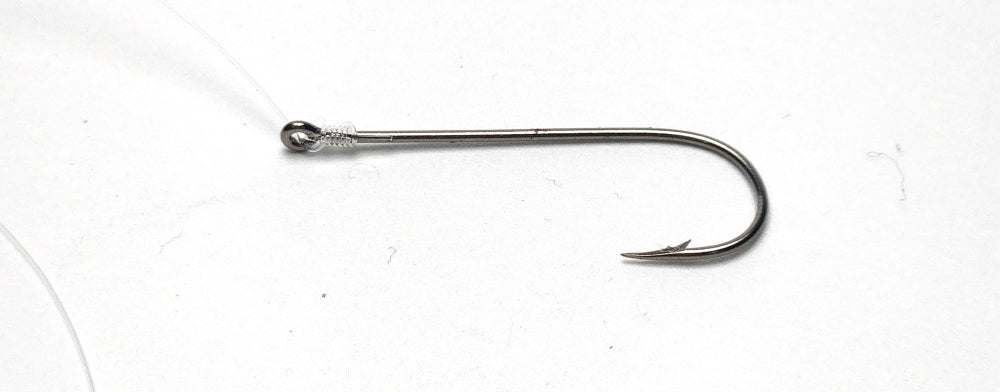
How to Tie a Snell Knot: A Step-by-Step Guide for Anglers
Share
The Snell knot is a must-know fishing knot for anglers looking to secure their fishing line to a hook with precision. Unlike other knots that attach to the hook’s eye, the Snell knot fastens the line to the hook’s shank, ensuring a straight, even pull for better hooksets. Whether you're a beginner or a seasoned angler, mastering the Snell knot will improve your fishing game. In this guide, we’ll walk you through how to tie a Snell knot with simple steps, along with tips to make it easier.
What You’ll Need
- Fishing line (monofilament or fluorocarbon works best)
- Fishing hook (choose one suitable for your target fish)
Step-by-Step Guide to Tying a Snell Knot
Step 1: Thread the Line Through the Hook’s Eye
Pass the end of your fishing line through the eye of the hook, pulling about 6–8 inches through. Position the short end of the line parallel to the hook’s shank, pointing toward the hook’s point.
Pass the end of your fishing line through the eye of the hook, pulling about 6–8 inches through. Position the short end of the line parallel to the hook’s shank, pointing toward the hook’s point.

Step 2: Secure the Line Against the Shank
Pinch the line against the hook’s shank using your thumb and forefinger. This keeps the line in place as you prepare to wrap it.
Pinch the line against the hook’s shank using your thumb and forefinger. This keeps the line in place as you prepare to wrap it.

Step 3: Wrap the Line Around the Shank
Take the long end of the fishing line and wrap it tightly around both the shank and the short end of the line. Make 7–8 tight wraps, working toward the hook’s eye. Ensure the wraps are snug and evenly spaced for a secure knot.
Take the long end of the fishing line and wrap it tightly around both the shank and the short end of the line. Make 7–8 tight wraps, working toward the hook’s eye. Ensure the wraps are snug and evenly spaced for a secure knot.
Step 4: Finalize the Knot
Thread the long end of the line back through the hook’s eye in the opposite direction (from the point side toward the eye). Pull both ends of the line to tighten the knot, sliding the wraps together for a compact finish. Trim the excess tag end with scissors or a line cutter.
Thread the long end of the line back through the hook’s eye in the opposite direction (from the point side toward the eye). Pull both ends of the line to tighten the knot, sliding the wraps together for a compact finish. Trim the excess tag end with scissors or a line cutter.

Why Use a Snell Knot?
The Snell knot is ideal for fishing because it aligns the line with the hook, providing a direct pull that increases hookset strength. This makes it perfect for catching larger fish or when using circle hooks for species like bass, catfish, or saltwater fish. Tips for Success
The Snell knot is ideal for fishing because it aligns the line with the hook, providing a direct pull that increases hookset strength. This makes it perfect for catching larger fish or when using circle hooks for species like bass, catfish, or saltwater fish. Tips for Success
- Use the Right Line: Monofilament or fluorocarbon lines work best for Snell knots due to their flexibility.
- Practice Makes Perfect: Practice tying the knot a few times to get the wraps tight and even.
- Check Your Knot: Always test the knot’s strength before casting to ensure it holds under pressure.
